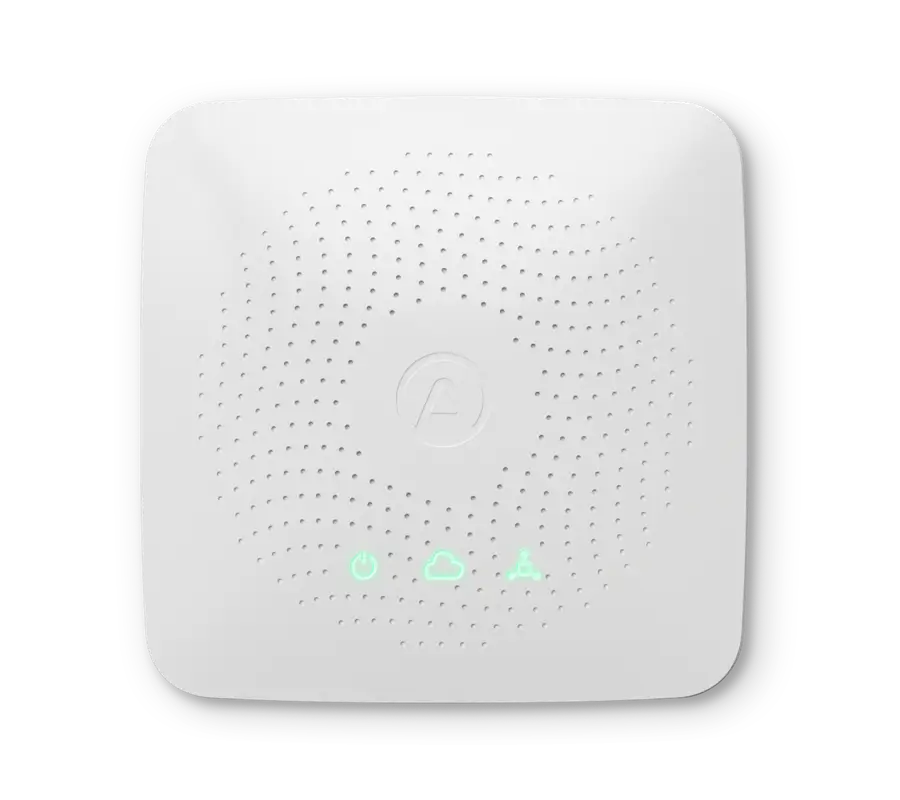The World Health Organization estimates 235 million people of all ages currently suffer from asthma. An estimated 26 million of whom are in the United States, according to the Center for Disease Control and prevention. The numbers have increased dramatically in recent years. Many link this to changes in the environment: ever increasing levels of carbon dioxide generated by the burning of fossil fuels, is affecting the earth’s atmosphere including the temperature.
As the temperature of the earth's atmosphere increases, what impact does this have on those with respiratory diseases? Asthma is a chronic disease which causes the airways of the sufferer to get inflamed. This inflammation makes it harder to breathe. Unfortunately, the disease is extremely common. As asthma is thought to be a combination of both genetic and environmental factors, preventing triggers caused by the environment is possible. Here, we take a look at some of the key factors to consider as a sufferer of asthma in light of the ever decreasing air quality in our environment.
A recent study found that changes in climate and air quality have a “quantifiable impact” on “asthma and other respiratory diseases”. For example, an increase in “emissions”, “greenhouse gases” and “Co2” warm up the earth's atmosphere, as well as “heat waves”, “forest fires”, “droughts” and more. These factors negatively impact the air quality. Global warming creates more dramatic fluctuations in temperature. It is well known that both cold and hot temperatures can bring on an attack in asthma suffers, though the reason why is still disputed.
Recently, the link between climate change and humidity have been brought to the foreground. A discussion from Yale School of Forestry & Environmental studies notes how climate change will increase humidity, thus “magnifying the effects of the heat waves”. Humidity is the amount of water vapor present in the air. Too much creates dampness, too little creates dryness. Both of these extremes can irritate asthma sufferers.
For example, one study revealed how “cold dry air induces bronchoconstriction in patients with asthma”. This is the constriction of the airways in the lungs, making it harder to breathe. At the same time, another study experimented with different temperatures and humidity levels. They wanted to assess the effects this had on patients with asthma. They concluded that a much quicker bronchoconstrictive response (airways tightening) occurred when the air was hot and humid than colder and dryer. Linking humidity as a risk factor to asthma. Therefore, maintaining good, moderate humidity levels can alleviate this risk.
Additionally, high humidity is well known to cause dampness and mold. Not only is this unsightly, mold spores is another trigger for those with asthma. According to the Asthma and Allergy Foundation of America, mold spores are small enough to be inhaled, therefore can enter the lungs and trigger asthmatic symptoms.
Similarly, high humidity and moderate temperatures is the ideal climate for dust mites. Asthma UK experts claim “If you have a dust mite allergy, you're allergic to a substance in the dust mite droppings. If you also have asthma, your dust allergy can trigger asthma symptoms. '' Therefore summer, as a warmer season, is a good time of the year to keep a close eye on humidity levels.
How to improve humidity for asthmatics:
- Keep indoor relative humidity levels below 51% to prevent dust mites from spreading and between 30%-50% to avoid mold growth.
- If your indoor humidity levels are too high, reduce humidity indoors with our home humidity tips.
- If your indoor humidity levels are too low, consider purchasing a humidifier.
- Though managing the outdoor air quality is near impossible, you can track humidity and many other factors that influence the indoor environment here.
Other common asthma triggers according to experts:
- Smoking. The inhalation of tobacco smoke into the lungs is an asthma trigger as well as a cause for lung disease.
- Allergies. People who suffer with allergies to pet dander, dust mites and pollen often find this further triggers their asthma.
- Infections. For example cold and flu.
- Toxins and chemicals. New furniture, flooring and carpets often give off volatile organic compounds (VOC’s) such as formaldehyde. Asthma experts recommend that sufferers switch to low VOC products to reduce the risk of extra irritation to the airways.
- Weather changes. Sudden changes in the weather can bring on an asthma attack.
- Humidity. Dampness, dust mites and mold caused by excess humidity.
Overall, if you track levels of humidity, pressure, VOCs and more, you can make small changes to help ease symptoms overall have less asthma attacks. On top of this, follow your doctor's instructions. Humidity levels in the outdoor environment are tough to manage, but by following your doctors instructions regarding inhalers, the symptoms can be managed.
Sources:
- World Health Organisation
https://www.who.int/news-room/fact-sheets/detail/asthma - Centre for disease control https://www.cdc.gov/nceh/information/asthma.htm
- Multidisciplinary Respiratory Medicine 201510:39
https://doi.org/10.1186/s40248-015-0036-x - Yale School of Forestry & Environmental studies
https://e360.yale.edu/digest/global-warming-could-cause-dangerous-increases-in-humidity - Pub Med
https://www.ncbi.nlm.nih.gov/m/pubmed/3977173/ DOI: 10.1164/arrd.1985.131.3.357 - Asthma UK
https://www.asthma.org.uk/advice/triggers/dust-mites/ - Pub Med https://www.ncbi.nlm.nih.gov/pubmed/11149998 DOI: 10.1067/mai.2001.112119
- Environmental Protection Agency
https://www.epa.gov/mold/mold-course-chapter-2 - National Health Services https://www.nhs.uk/conditions/asthma/causes/



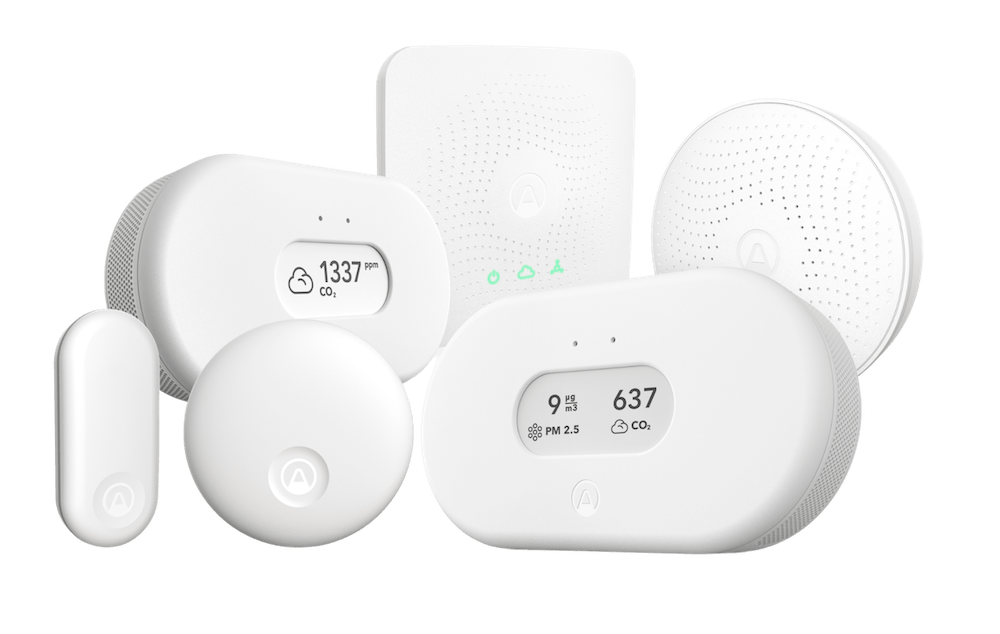
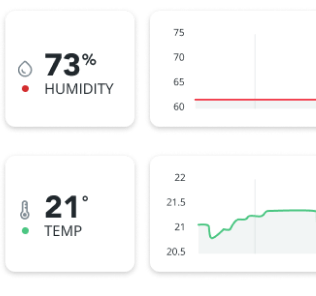

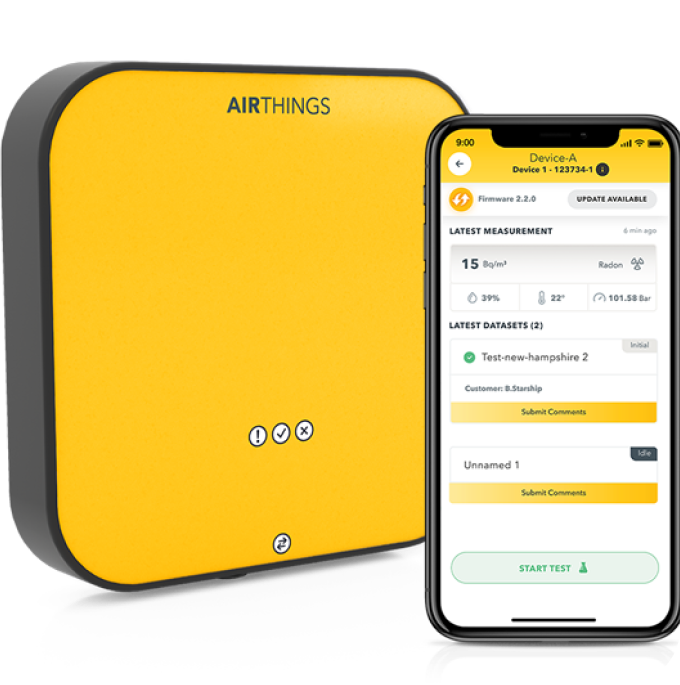
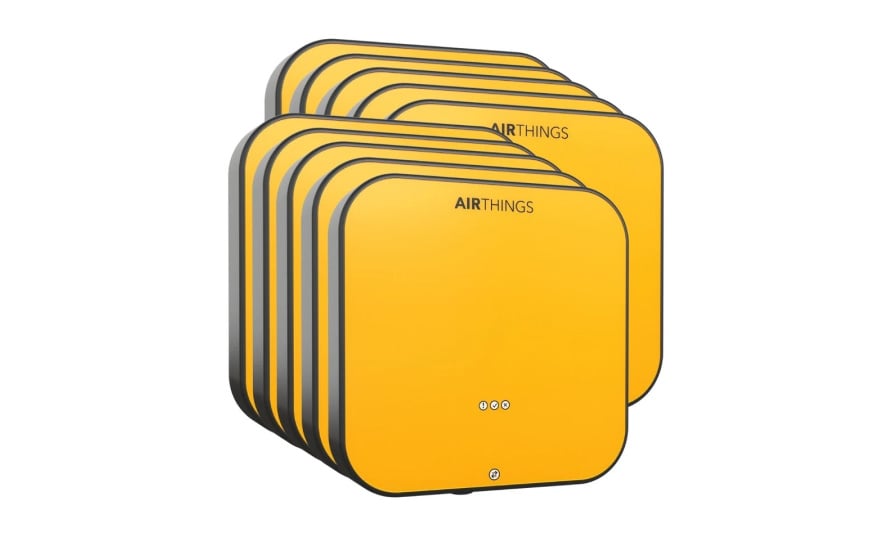
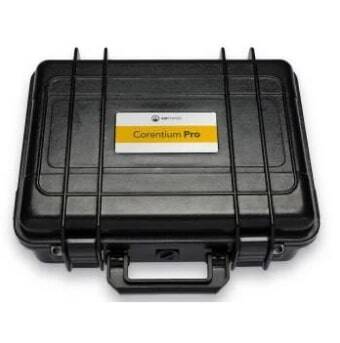

.webp)
 Back to top
Back to top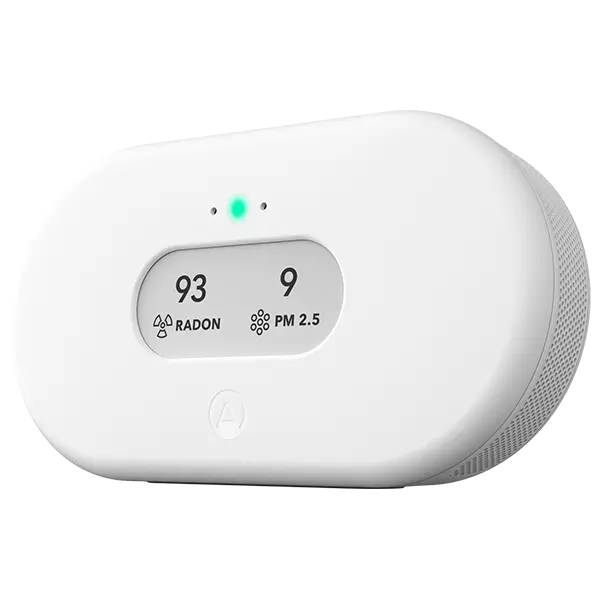

%20(1).webp)
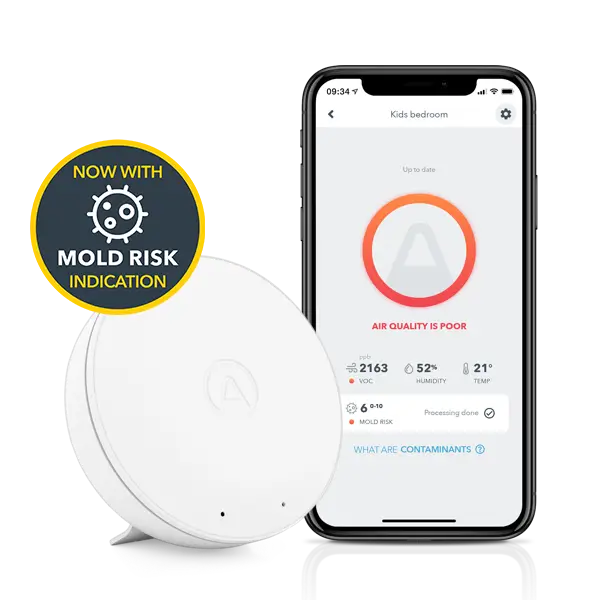
%20(1).webp)
